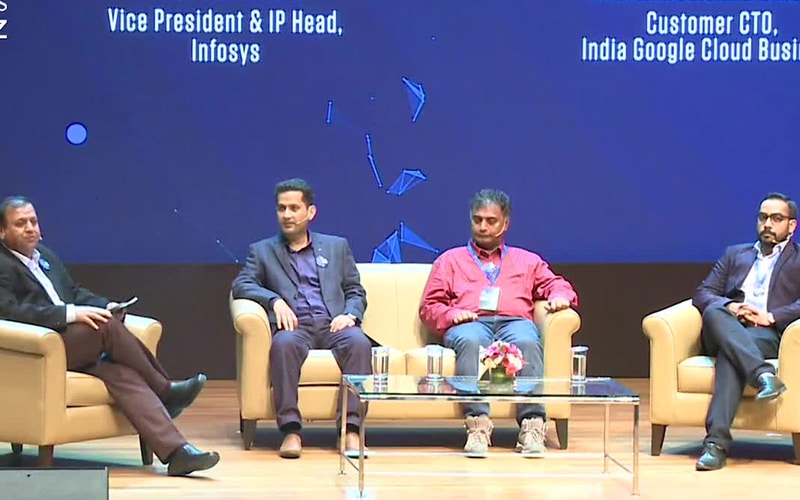Insights
- The beauty industry has consistently weathered the storm of global economic crises.
- Evolving beauty trends and the rise of social commerce have benefited it greatly in recent times.
- To continue riding the wave of success, it must keep pace with dynamic consumer needs, and innovate around them.
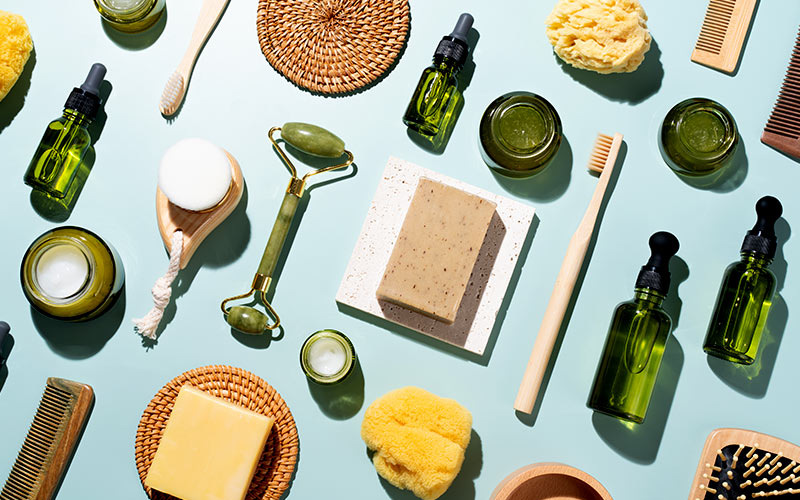
The beauty sector is a phoenix personified. It has successfully survived every blow ranging from the 2008 financial crisis to the COVID-19 pandemic. At present, it is faring better than ever. There has been a rise in premium skincare. But for the beauty industry to enjoy continued growth, businesses will have to rely on a strategic bouquet of initiatives.
A quick recovery
The pandemic was expectedly harsh on beauty brands. Ulta’s net sales fell by almost 8% in the third quarter of 2020. Sale of makeup reduced by 22% in the first quarter of the pandemic compared to the previous year, and fragrance sales were down by 13%, according to NPD Group, a market research firm. The lipstick index phenomenon, where consumers spend on an affordable treat instead of splurging on a luxe product, also took a hit: Beauty company Avon says it saw lipstick sales fall considerably that year, due to people wearing masks.
But as the pandemic began to ease up, the beauty industry pivoted, and was back on its feet in no time. In-clinic treatments grew in popularity. Sephora recently declared its year-over-year revenue growth of 25%, amounting to $19.4 billion, a record performance. Skincare is expected to generate $177 billion revenue by 2025, and the global cosmetics market of almost $129 billion by 2028, according to Statista.
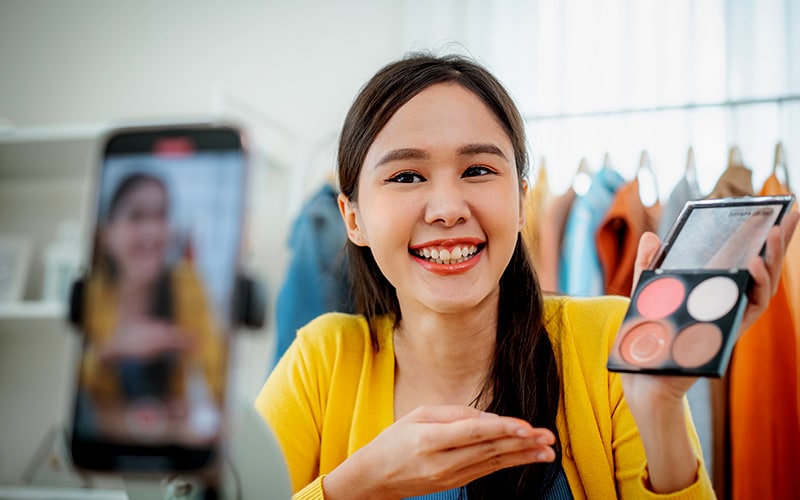
Reasons for change
The boom in the beauty industry that accompanied the easing of the pandemic and continues to date can be attributed to a mix of factors ranging from changes in consumer behavior to technology trends.
- The lipstick effect that had been eluding the industry until then got an opportunity to kick into action as masking rules were eased. With consumers still being discerning about their purchases as inflation and the cost of living started to rise, spending on affordable beauty was an achievable alternative for cutting back on luxury items. This trend continues.
Spending on affordable beauty became an achievable alternative for cutting back on luxury items.
- Cosmetics and fragrances took a back seat for consumers during the height of the pandemic. Their focus shifted to skincare as they were spending more time indoors and having more time to pay attention to their skin. The interest in skincare products that began then persists. The same goes for beauty niches such as men’s personal care and skincare, which continue to expand.
- The pandemic caused a spike in the rise of beauty influencers who use social media platforms such as Instagram and TikTok to reach out to their audiences. This trend continues to be strong. Consumers, including those who were still skeptical about in-store shopping a few years into the pandemic, became more comfortable relying on reviews from trusted influencers to shop for beauty products online. And now consumers are leaning on this mode thanks to the convenience of making beauty purchases online.
- Companies combined AI technology with machine learning in applications that can assess skin type and quality, and recommend custom skincare products to individuals, with a few clicks. Augmented reality (AR) powered by artificial intelligence (AI) is used to create the virtual try-on (VTO) features on websites, allowing consumers to try on color cosmetics online. Charlotte Tilbury and Mac are two brands that have introduced this feature. The ability to zero in on personalized beauty and skincare products virtually, as opposed to at a physical counter, made beauty shopping extremely convenient for consumers.
Augmented reality powered by AI is used to create the virtual try-on features on websites, allowing consumers to try on color cosmetics online.
- Though the concept of self-care has existed for long, the last couple of years have seen an uptick. Individuals dabbled in do-it-yourself (DIY) skin and beauty regimes during lockdowns due to lower access to salons but also as a means of escapism and pleasure in difficult times. It has ended up becoming more than a pandemic trend. Beauty businesses cashed in on this phenomenon to attract audiences, and have not stopped. The concept of clean beauty shot to popularity and remains interesting to consumers despite lacking a clear definition.
Although the beauty industry bounced back from a slump, businesses need to consider what they need to do to revolutionize beauty and keep thriving.
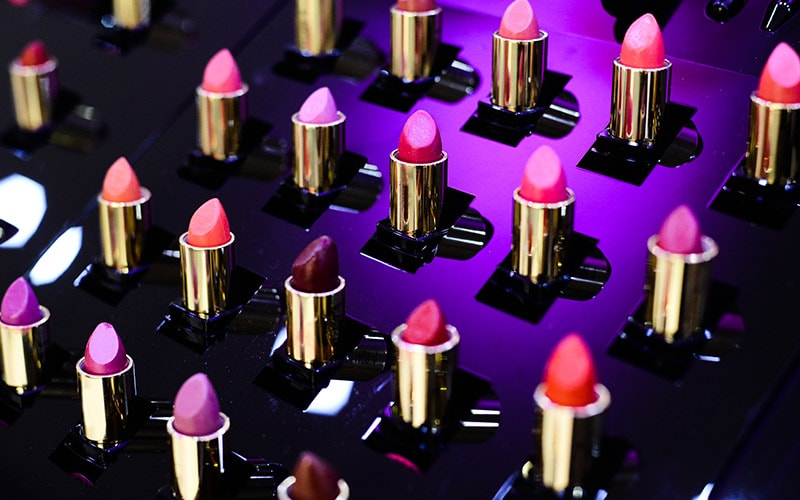
Challenges for beauty industry
In a constantly evolving segment such as beauty, competition is intense, whether it is between prestige retailers such as Sephora and mass retailers such as Amazon and Target, or between indie brands such as K18, Glow Recipe, or Beauty of Joseon, which have exploded in the market and are growing faster than larger companies. Businesses need to be clued into trends, consumer expectations, technology, and marketing tactics to create optimum experiences for their audiences, and beat their competitors.
With the variety of choices available in beauty, customers too are also becoming more demanding. With access to enormous amounts of information online about sustainable practices, fair trade, and ethical practices around animal testing, consumers are using that to make decisions about the brands they prefer, and they expect those brands to be accountable in these areas. This put onus on the brands to take these factors into account to attract their customers, and build relationships with them to drive brand loyalty and retention. The innovation that this demands can be expensive, hence companies will need to balance the costs with ensuring there is revenue growth.
With access to vast amounts of information online about sustainable practices, fair trade, and ethical practices around animal testing, consumers are using it to make decisions about which brands they prefer to shop from.
Beauty companies also have to deal with operational challenges. From the supply chain perspective, it is a struggle for brands to get ethically sourced ingredients at reasonable prices. Supply chain disruptions – the Red Sea crisis being among the most recent – are causing delays in sourcing, and shipping.
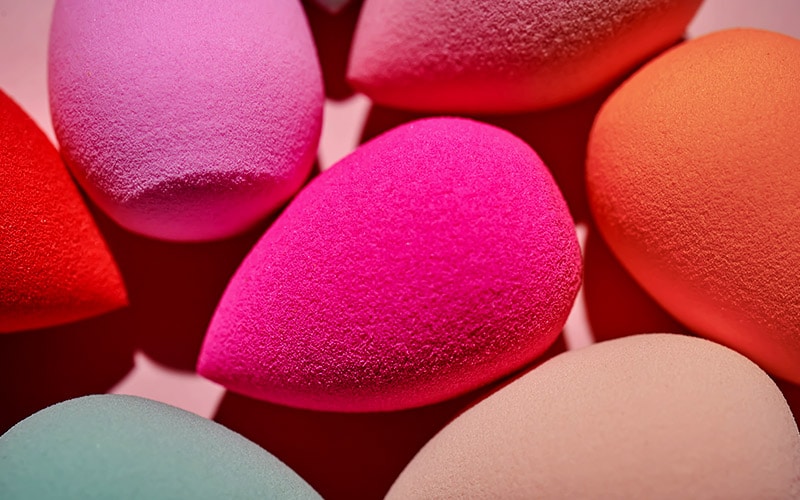
Remaining relevant
Brands can ensure continued success by following a mix of practices including innovation, sustainability, and marketing tactics, to create memorable customer experiences and gain repeat customers.
- Bagging the right data
Finding innovative ways to capture the imagination of customers and push direct-to-consumer (D2C) initiatives will require beauty brands to have access to the highest quality of data related to the customer. With Google Chrome taking measures to phase out third-party cookies, relying on first-party data – that is, customer information related to the use of apps, website visits, purchases, and so on – and zero-party data, which is information that the customer volunteers via surveys and polls, is an effective way for brands to understand their customers’ needs and cater to them effectively. That said, brands must maintain transparency to establish trust with their customers, by informing them of data collection and enabling data settings that allow them to choose what data they share. AI can play a role in helping brands make sense of the vast amounts of data, and use that data to build targeted, superior customer experiences.Brands must maintain transparency to establish trust with their customers, by informing them of data collection and enabling data settings that allow them to choose what data they share.
- Omnichannel strategy and beauty influencer marketing
In this era of phygital experiences, integrating online and offline channels and marketing trends helps brands optimize engagement and create an omni-experience and a cohesive customer journey. Brands can lean on influencer marketing, and collaborate with the large beauty influencer community that exists on Instagram, YouTube, and TikTok with its newly launched TikTok Shop, to leverage their high engagement rate with the target audience and boost sales through social commerce. - Personalization
Studies have shown that 71% of consumers expect personalized interactions, and companies that get personalization right drive 40% more revenue from it than their peers. Brands must leverage their access to deep data insights to elevate the personalization of products and offer customizable beauty and skincare solutions in beauty ecommerce. With 80% of consumers more likely to make a purchase when brands offer personalized experiences, this strategy can give brands a competitive advantage. While banking on customized beauty and skincare subscription boxes, interactive makeup and skincare consultations, and virtual try-on, brands are also treading new paths in innovation. L’Oreal’s AI-powered at-home device – Perso – helps customers receive skincare products tailored to suit their skin condition and local environment. Prose is making waves with its algorithm that helps create customized skincare routines and products based on consumers’ responses to a skin quiz. Redefining conventional beauty standards, trends, and products by creating inclusive beauty products be it diverse foundation shades, Black haircare products, menopausal skincare, or gender-neutral makeup is also a winning move to attract customers.Brands must leverage their access to deep data insights to elevate the personalization of products and offer customizable beauty and skincare solutions in beauty ecommerce.
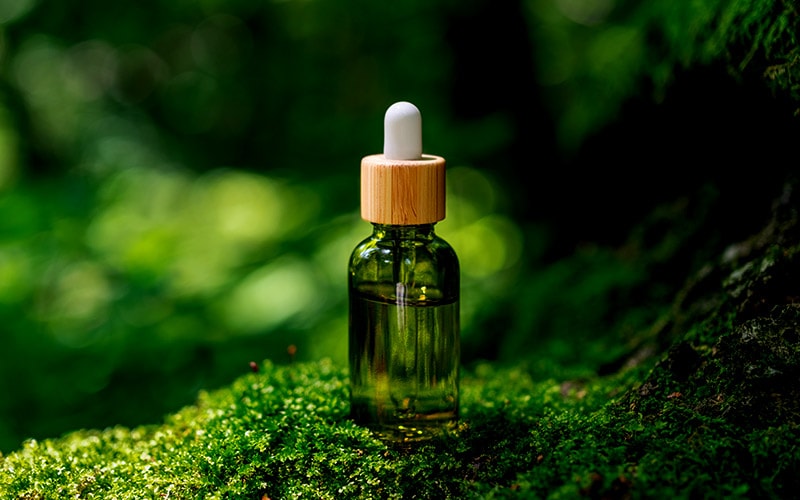
- Sustainability
Research by CleanHub shows that 63% of beauty product consumers say clean beauty is either “extremely important” or “very important” to them when buying cosmetics, and 81% say that brands should reduce plastic packaging. With the increasing focus of consumers on sustainability, beauty brands must delve deeper into including sustainable beauty and skincare as part of their strategies. This means producing ethically sourced non-toxic cruelty-free and eco-friendly products that come in recyclable or compostable packaging, and involve fair trade and fair labor practices. Increasing their positive social and environmental impact can help brands reach new audiences and ensure their customers return to them. - Direct and diversified sourcing
To reduce the risk that arises from dependence on a single source, especially during supply chain disruptions, brands can rely on diversified sourcing and get materials from a wide range of suppliers from countries spread globally.
Brands can collaborate with farmers in developing countries for direct sourcing that is aimed at helping the local communities thrive, or is associated with environmental causes. LVMH-owned skincare brand Fresh sources the white truffle that goes into its White Truffle Overnight Mask by partnering with the Union for Ethical Biotrade (UEBT) and Italy-based nonprofit organization Save the Truffle which aims to spread awareness on the educate the public on preserving the biodiversity of the truffle in the region.
What the future holds for the beauty industry is difficult to foresee, but the human desire to look good and feel good is bound to last forever. For that reason, this industry will never go out of fashion. But to increase its chances of success, it will need to capitalize on trends, stay connected to customer needs, and be open to innovation.



